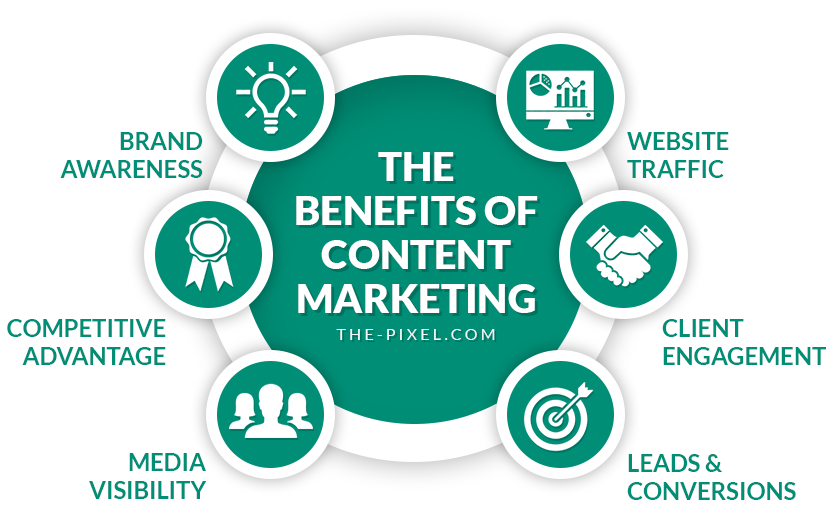
Web 2.0 critics say that the new social media platforms can have a negative effect on online content, and could threaten the legitimacy of the web's ethics and legality. Others raise concerns over the use of data and the extent of data sharing. Defenders say that these problems have existed since the beginning of the medium and are unavoidable. They argue that widespread censorship, based on vague elitism, is an alternative. It's not clear which side is right.
Social media networks
Engagement in the context of social networks involves sharing and dialoguing user-generated material. The research on this topic shows that these social media platforms can increase attentional focus as well as emotional engagement. This means that future research on social media networks should explore how to engage diverse stakeholders in a meaningful way. However, it is still difficult to determine the exact outcomes of engagement. Here are some important points to consider.

Video sharing sites
YouTube, one of the most popular and successful Web 2 0 video sharing websites, was acquired by Google twenty months after it launched. YouTube is not the best destination for videos online, but it is becoming a resource hog. It uploads twenty hours per second. YouTube is used for many purposes, including hosting JetBlue's CEO's apology and answering questions during the 2008 U.S. Presidential debate. According to the company's data, 50 percent of its three-hundred million users visit YouTube at least once per week.
Blogs
A good blog should contain content covering a wide range of topics. Web 2.0 requires that bloggers include links to other authoritative websites. Most blogs have a link to the homepage and a contact page. Your first post should be a welcoming one. Avoid overthinking your first post. It should be informative and consistent with the blog's main theme. For example, if a blogger is writing about politics, he/she should include links to the website of the US government.
People-generated content
Innovation has been a major source of growth thanks to the rapid rise of user-generated content. The world was built on the transmitter-receiver model ten years ago. Web 2.0 has made this easier, allowing people to share their thoughts. Anyone can create a radio station, blog, or website. YouTube stars are not the only ones who went to school. Experts also have blogs that make them stand out. Anyone can make an opinion and gather huge amounts of data.

Shopping cart applications
These advanced shopping cart systems, unlike traditional shopping cart software can be integrated into a website’s frontend. These applications' frontend components display information about products in a store to customers. The admin (or backend) is responsible for processing orders. The shopping cart application can also be used by businesses to integrate their administrative functions with customers' browsing experiences. Web 2.0's "eCommerce platform" refers both to an integrated website system and shopping cart system.
FAQ
What is the primary goal of content marketing?
Content marketing is all about providing customers with valuable and relevant information. This can be done by various channels like email campaigns, whitepapers, or blog articles. It is important to provide value to your target audience.
What is the role of a content strategist?
Content strategists can help you understand what people search for on the internet. They ensure your site is optimized for search engines, helping you rank high. They also write content for social media websites like Facebook or Twitter. And they write copy for websites, blogs, and advertisements.
A content strategist collaborates with a marketing team to help organize a plan for the company’s online presence. Content strategists may work on their own but often work in collaboration with the rest to ensure that each piece serves its purpose.
How can you create quality content?
It is important to find topics that you are passionate about in order to create great content. Finding topics that interest you is the best way to write well. You need to discover what drives you and how that knowledge can be applied to helping others. Writing for yourself can be difficult, but writing for others is a lot easier.
How much content marketing should I invest?
This depends on the number of leads you wish to generate. Depending on your industry, the average cost per lead is between $5 and $10. When we started our business, for example, we spent about $20 per lead. Now, we spend around $6-7 per lead.
What are the 7 Steps of Content Marketing?
The content marketing process is seven steps long
-
Identify the problem
-
Find out what's working now
-
Make new ideas
-
Turn them into strategies
-
These are the best!
-
Take measurements
-
Keep going with the same process until something works.
This strategy has proven to be effective for both small and large businesses.
Statistics
- According to the Content Marketing Institute, 70% of B2B marketers and 86% of B2C marketers surveyed use content marketing in some form or other. (criteo.com)
- Content marketing produces 3X more leads per dollar spent. Content marketing costs 62% less than traditional marketing. (criteo.com)
- Seventy-two percent business to business (B2B) (mailchimp.com)
- Forty-seven percent of buyers view 3 to 5 pieces of content before engaging with a sales representative. (mailchimp.com)
- This marketing strategy landed Ford a 15.4% conversion rate. (neilpatel.com)
- According to our research, 65% of companies with very successful content marketing in 2021 ran content audits at least twice a year. (semrush.com)
- Measure your goals with a progress indicator of 0-100%. Make your goals collaborative and transparent (semrush.com)
- Progress indicators (0–100%) allow each team member to see how attainable each goal is and understand what remains to be accomplished. (semrush.com)
External Links
How To
How can I get started with content-marketing?
For businesses to reach potential customers and create leads online, content marketing is a powerful tool. You can connect with potential clients by sharing useful information on your products and services.
Content marketing also encourages trust among visitors, which increases brand loyalty, resulting in increased sales conversions and profits.
A blog is a great place to start. Blogs allow you to publish new articles on a user-friendly platform.
This allows people to return to what you have written often. For example, social media sites like Facebook or Twitter can be used to share relevant information and news with followers.
YouTube also allows you to make videos. These videos can be used to educate your viewers about topics relevant to your business.
You can also create infographics with tools such as Canva. Infographics are visual representations of data. They can be used to explain complex concepts and make it easier to absorb information.
Your chances of reaching new readers are greater if you post more often and consistently.